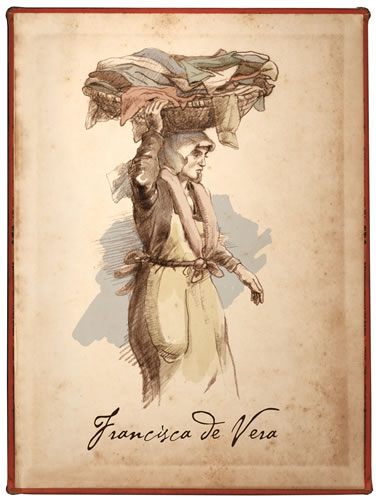Menéndez’s colonists included some 500 soldiers, 200 seamen, and 100 “others”, who included civilians, clergy and the wives and children of 26 soldiers. All were from Spain.

One hundred and thirty eight of the soldiers also held licenses in various crafts and trades, including 10 stonemasons, 15 carpenters, 21 tailors, 10 shoemakers, eight blacksmiths, five barbers, two surgeons, two lime makers, three swordsmiths, a gunmaker and a crossbow repairman. Other trades represented among the soldiers included tanners, farriers, wool carders, a hatmaker, an embroiderer, a bookseller, coopers, bakers, gardeners, an apothecary, and a master brewer. Another 117 of the soldiers were also farmers, ready to settle and farm the land once the French were vanquished.
Within a few months, however, fewer than 200 people were living at the St. Augustine settlement. Most of the soldiers and seamen had been distributed to two other newly-established forts at San Mateo (the former Fort Caroline) and Santa Lucia (near present St. Lucie’s inlet) , and many others accompanied Menéndez on his nearly ceaseless travels.
Colonizing Florida was not easy. The Timucua soon turned hostile toward the Spaniards, the work of building the fort and settlement (done by the Spanish soldiers) was exhausting, food supplies were lost and used up, and people suffered greatly from hunger. Mutinies occurred at both St. Augustine and San Mateo within six months of arrival, but both were quelled.